Of course, magazines have to sell stories – and superlatives always are a good argument in this case. People just love to hear about the biggest, oldest, and most spectacular. And what could be more spectecular than a headline like “The Oldest Temples in the World”? That’s how you sell a find, don’t you? Yet, as scientists we need to show some healthy reservation – in particular when dealing with such phrases and terms which obviously have developed a certain history on their own. It’s all too easy to make up a good story or ‘hypothesis’, but substantiating such proposition is where real research actually starts.
Against the background of the historical definition of ancient Roman or Greek or Near Eastern temples for instance, this peculiar type of building implicitly forms places to worship a deity or deities in our language use – the existence of this concept of ‘divinity’ is crucial to the temple as home of a god or goddesses in antiquity. It is a futile task trying to answer this complex question based on the archaeological record exclusively. We know to identify the temples of ancient Rome and Greece and the Near East and to name the gods these were housing due to the written record those cultures have left to us. Delving deep into the prehistory of the Anatolian Neolithic, however, confronts us with a sudden lack of any sources other than the material record. The challenge in relying to physically tangible sources solely to grasp rather spiritual concepts is obvious. Yet, the material culture of Göbekli Tepe and related sites and the elements of monumental architecture in particular may offer a lead worth following.
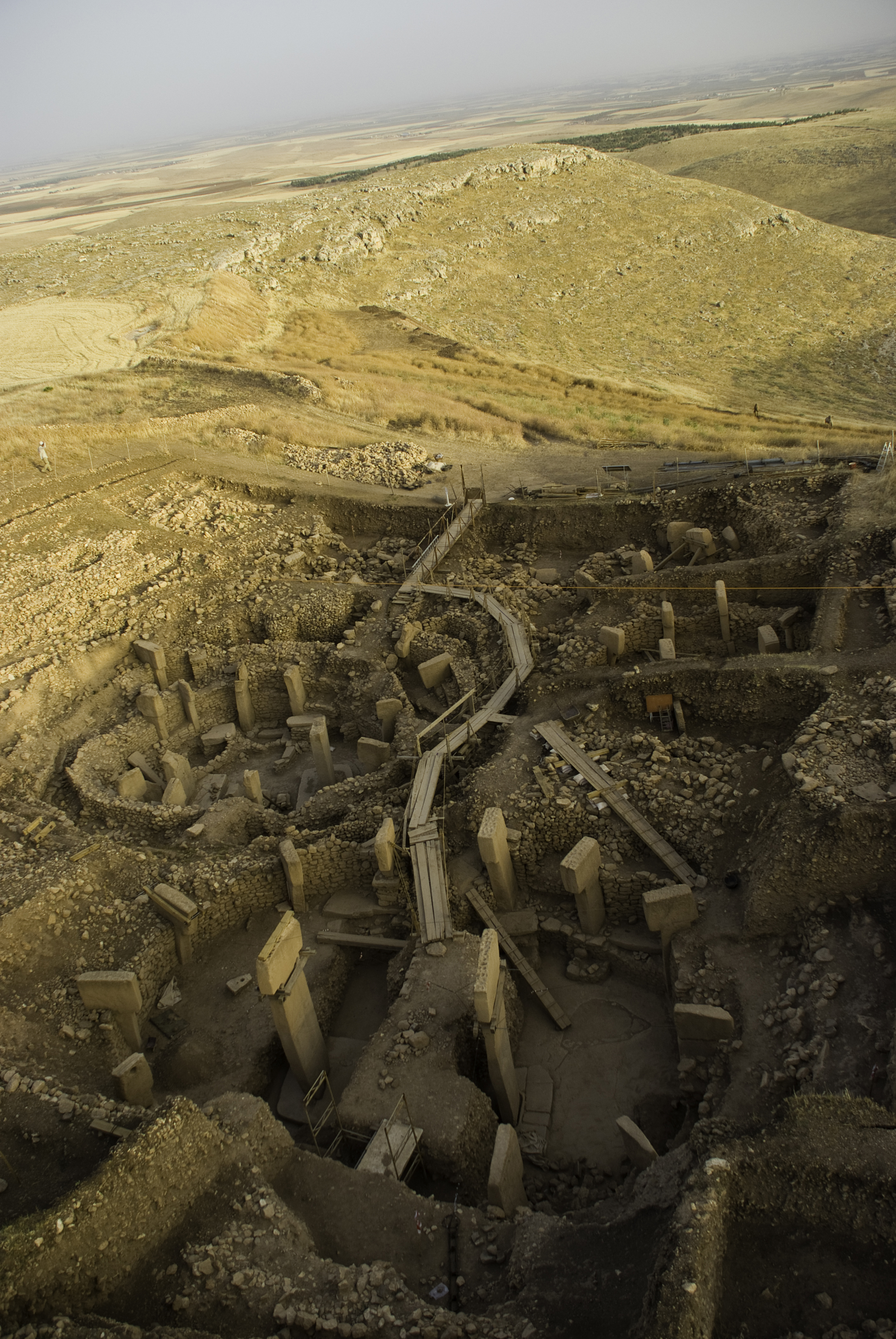
Main excavation area with monumental PPN A enclosures (Photo: N. Becker, DAI).
The T-shaped pillars forming the major and most prominent feature of Göbekli Tepe’s architecture need to play a crucial role in our observations here. While large and highly abstracted, they also clearly own human characteristics: some of these pillars show arms on their sides and hands brought together above the abdomen. There are elements of clothing depicted in relief as well: stola-like garments draped around pillars’ shoulders and fox-skin loincloths depicted dangling from belts. This emphasizes quite impressively that the T-pillars apparently have to be understood as monumental anthropomorphic sculptures. Most interestingly, however, is that they are always depicted faceless. There are no eyes, no nose or mouth present, these pillar-statues remain bereft of individuality on first glance – only to be distinguished, at least in the case of the central pillars of Enclosure D for example, by peculiar symbols below their heads – not unlike where one would wear necklaces. So, while still nameless to us, the Neolithic people may well have recognized who it was depicted here towering above them.
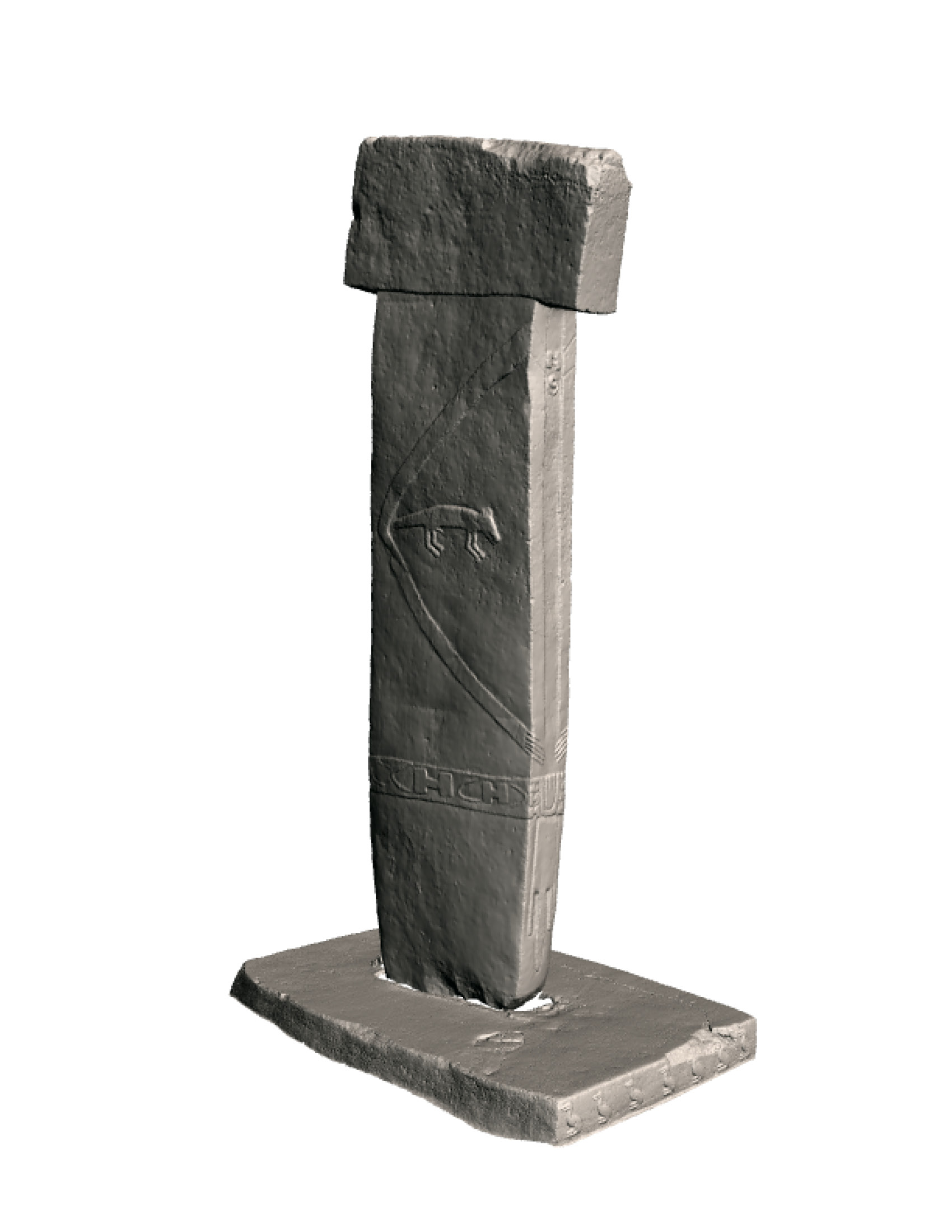
- (Photo: N. Becker, DAI)
- (Photos: N. Becker, DAI)
With a height of about 5.5 m it is particularly the T-pillars’ larger-than-life appearance which seems so remarkable – especially given that their highly abstract character is intentional and not to the result of deficient craftsmanship. Apart from the numerous animal sculptures uncovered at Göbekli Tepe, the so called ‘Urfa Man’ gives witness to Neolithic sculptors’ ability to portray the human body naturalistically. This oldest known statue of a man, about life-size, was found during construction work in the area of the Pre-Pottery Neolithic site of Urfa-Yeni Yol. In contrast to the cubic and faceless T-pillars, whose identity and meaning apparently seems to a different one, ‘Urfa Man’ has a face, his eyes depicted by segments of black obsidian sunk into deep holes (a mouth, however, is missing). From Göbekli Tepe there are known several limestone-heads, too. They have a breaking edge in the neck area indicating that they originally were part of larger statues much like ‘Urfa Man’ himself.
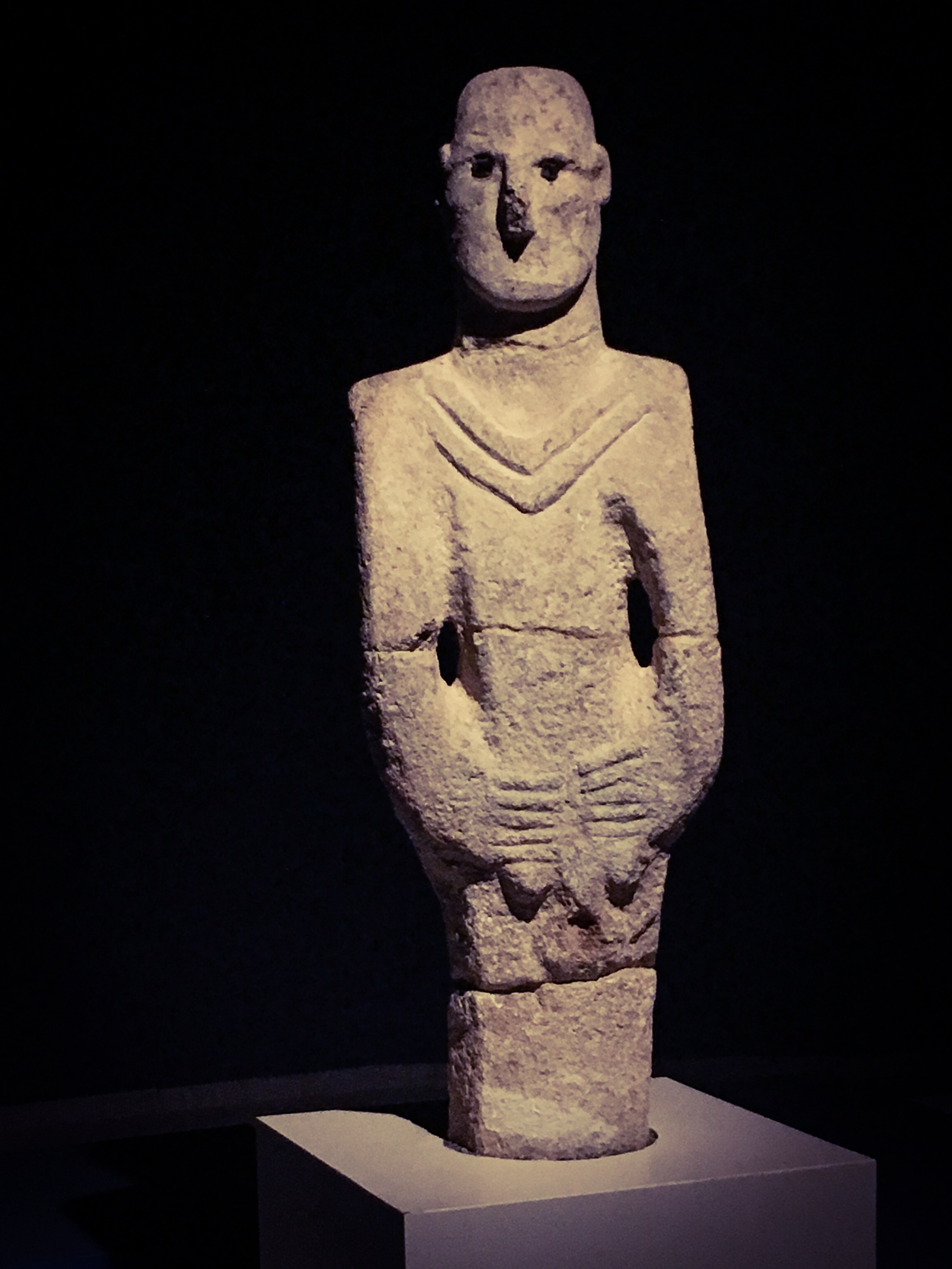
So-called Urfa Man is considered the oldest known life-sized sculpture of a man (Photo: J. Notroff, DAI).
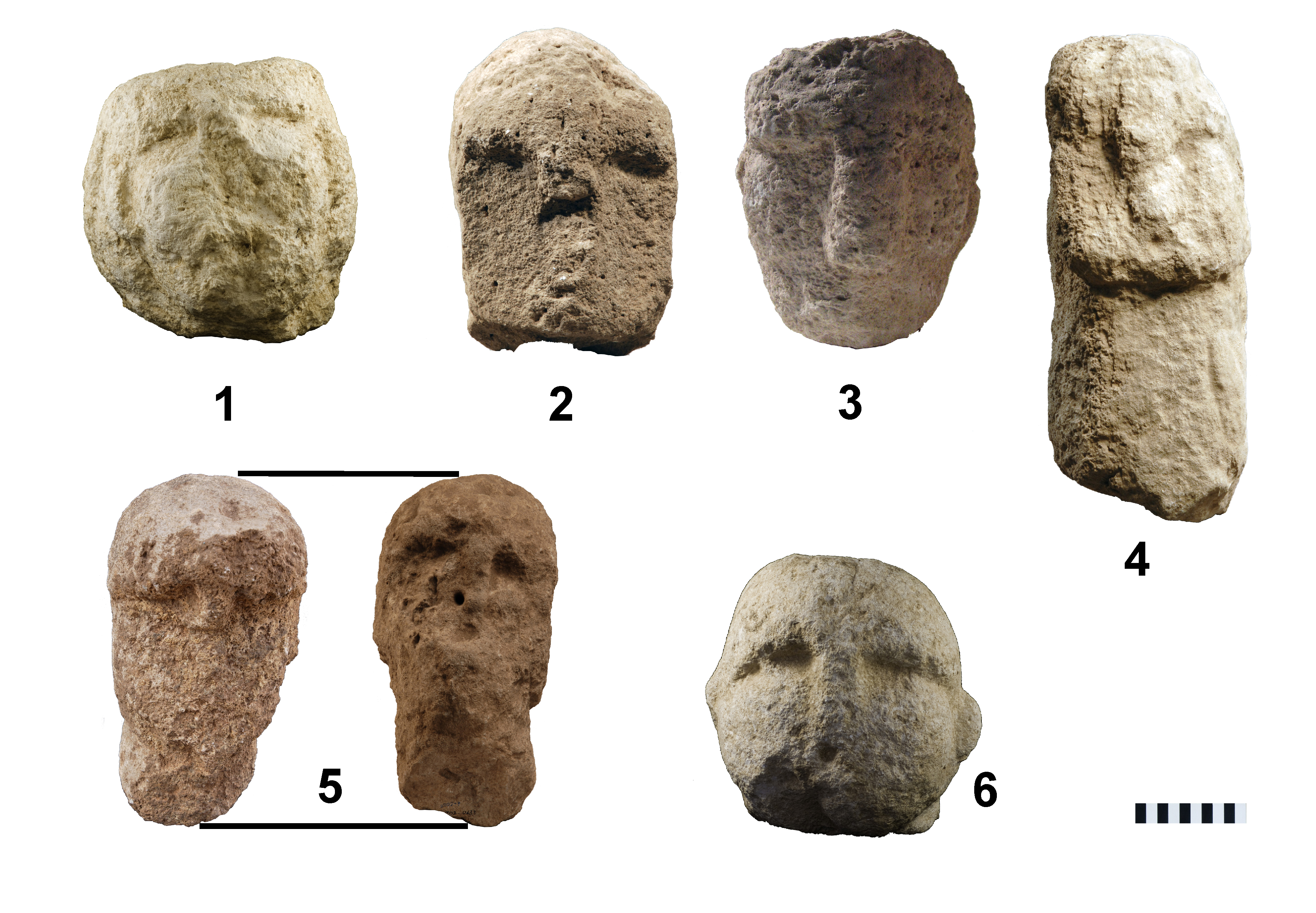
As already noted in the beginning, we know little of the beliefs these people might have followed, so it would seem rather bold to denote these monumental pillar-statues as personifications of ‘deities’. But faceless, larger than life and highly abstract, they clearly seem to be set on a quite different level than the naturalistic life-sized sculptures like ‘Urfa Man’ and the Göbekli Tepe stone heads. They seem to represent something more, supposedly something beyond the self-referential depiction of human beings. Together with the obviously narrative character of other depcitions on these T-pillars which clearly exceed simple decorative purposes, this perception feeds the impression that we are confronted here with a complex iconography – with mythological narrations probably even.
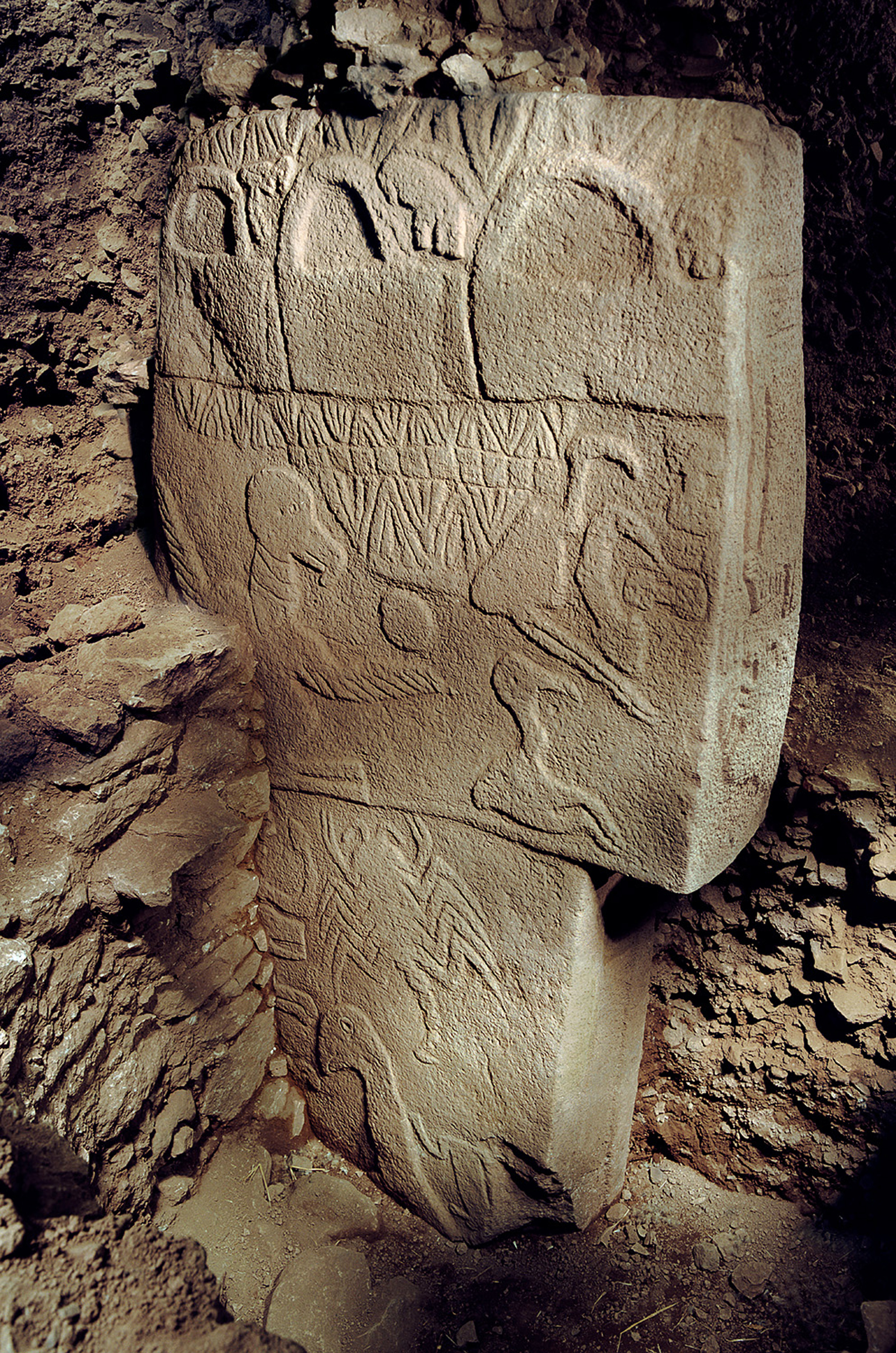
It is these T-pillars in particular which form the centre and most important element of the site of Göbekli Tepe, so they naturally become a strong argument in the interpretation of these enclosures as well. If we after all would like to call them ‘temples’ or still hesitate to use this term finally comes down to the definition one applies. But differing so noticeably from the well-known general types of contemporary settlement patterns (and also apparently lacking most of the material culture which is so typically for clearly domestic contexts), we confidently name these structures ‘communal’ or ‘special purpose buildings’ with all due scientifical propriety. This is even more compelling since apparently almost every settlement site of the period and region seems to have produced at least one comparable communal structure of similar design and layout. Only at Göbekli Tepe there is a noticeable cumulation of this peculiar building type – but this should be topic of another contribution.
Further reading
N. Becker, O. Dietrich, Th. Götzelt, Ç. Köksal-Schmidt, J. Notroff, K. Schmidt, Materialien zur Deutung der zentralen Pfeilerpaare des Göbekli Tepe und weiterer Orte des obermesopotamischen Frühneolithikums, Zeitschrift für Orient-Archäologie 5, 2012, 14-43.
O. Dietrich, J. Notroff, A sanctuary, or so fair a house? In defense of an archaeology of cult at Pre-Pottery Neolithic Göbekli Tepe, in: N. Lanerie (ed.), Defining the Sacred. Approaches to the Archaeology of Religion in the Near East. Oxford & Philadelphia 2015, 75-89.
J. Notroff, O. Dietrich, K. Schmidt, Gathering of the Dead? The Early Neolithic sanctuaries of Göbekli Tepe, Southeastern Turkey, in: C. Renfrew, M. J. Boyd and Iain Morley (eds.), Death Rituals, Social Order and the Archaeology of Immortality in the Ancient World. “Death Shall Have no Dominion”, Cambridge 2016, 65-81.
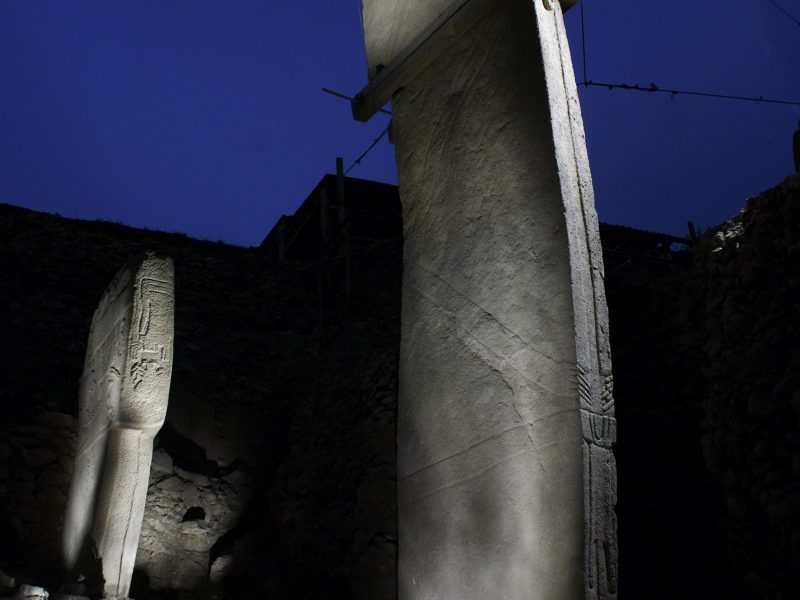
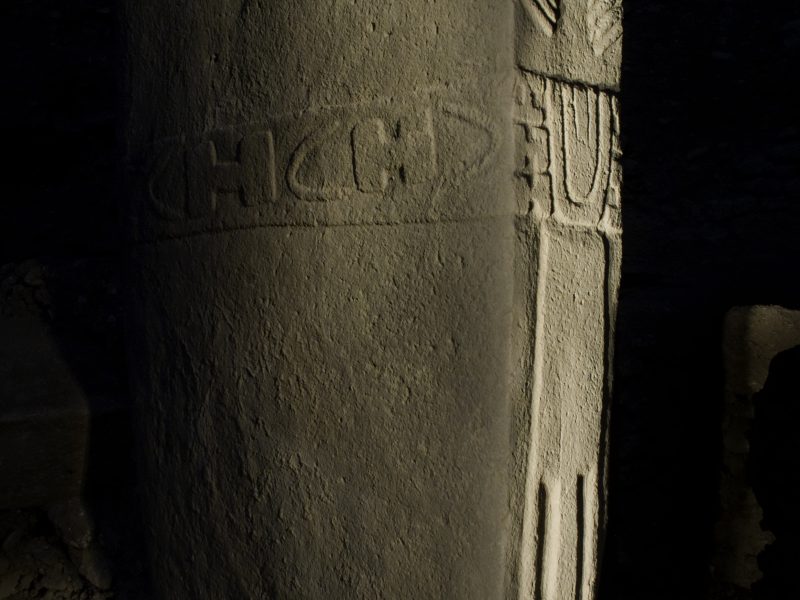
Recent Comments